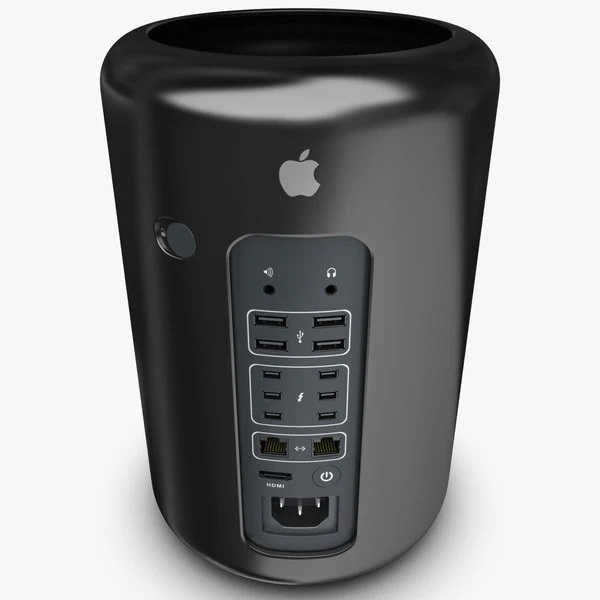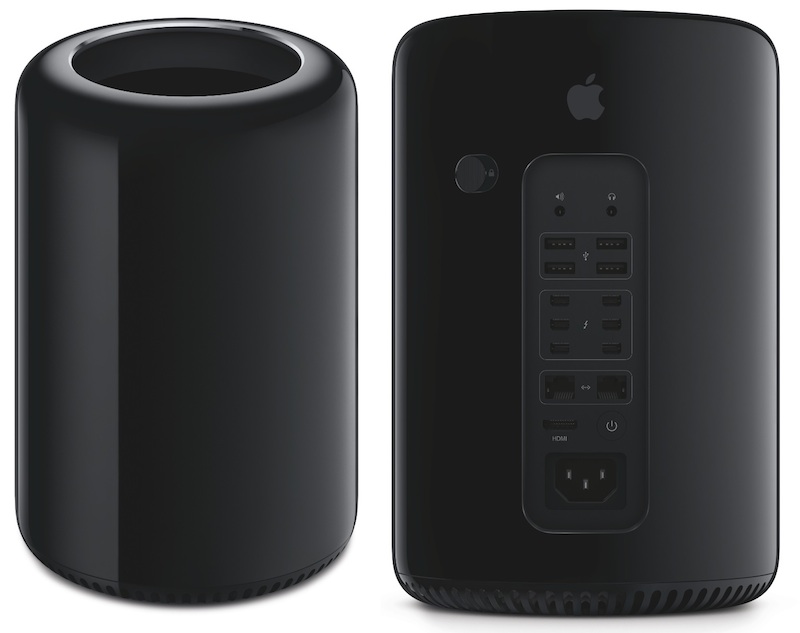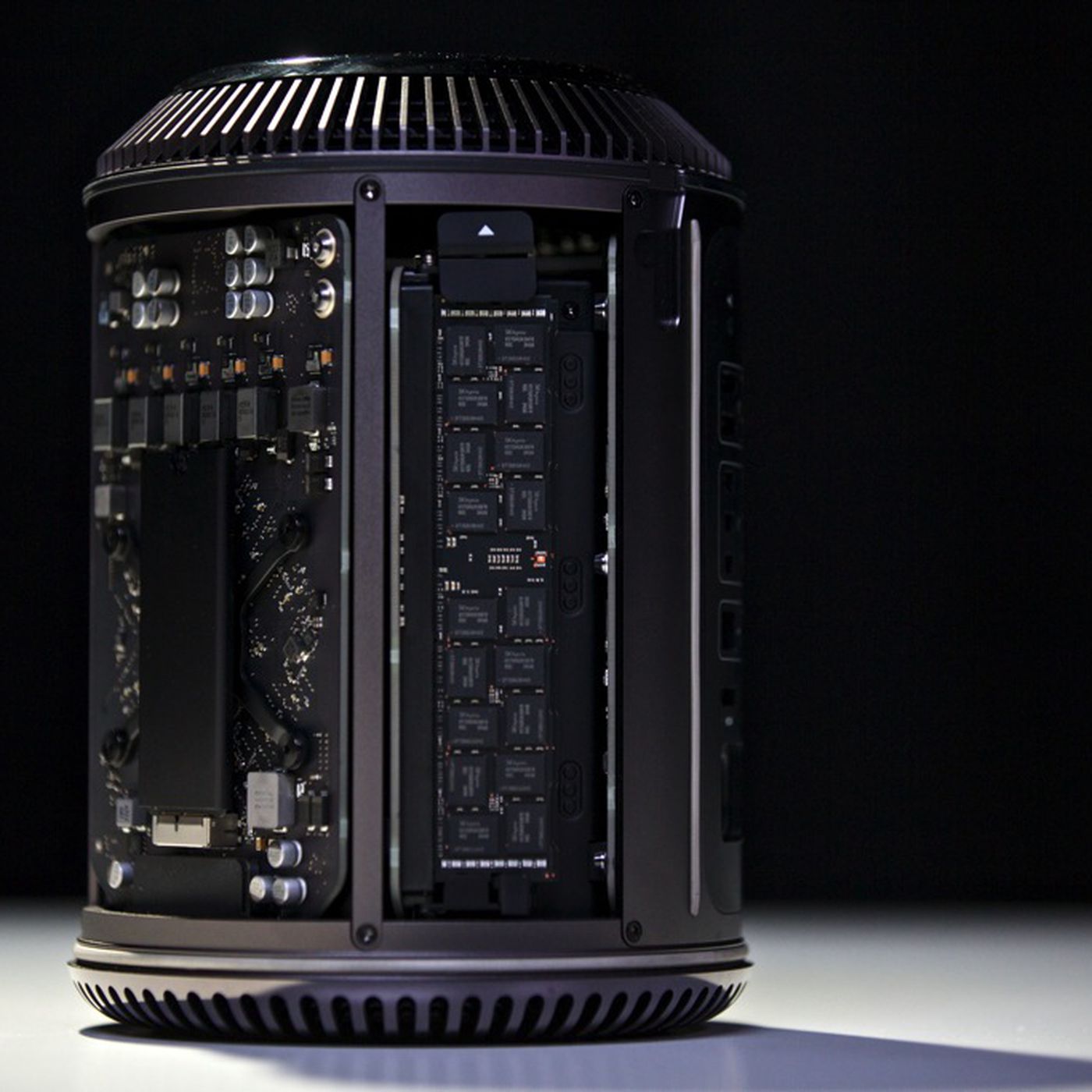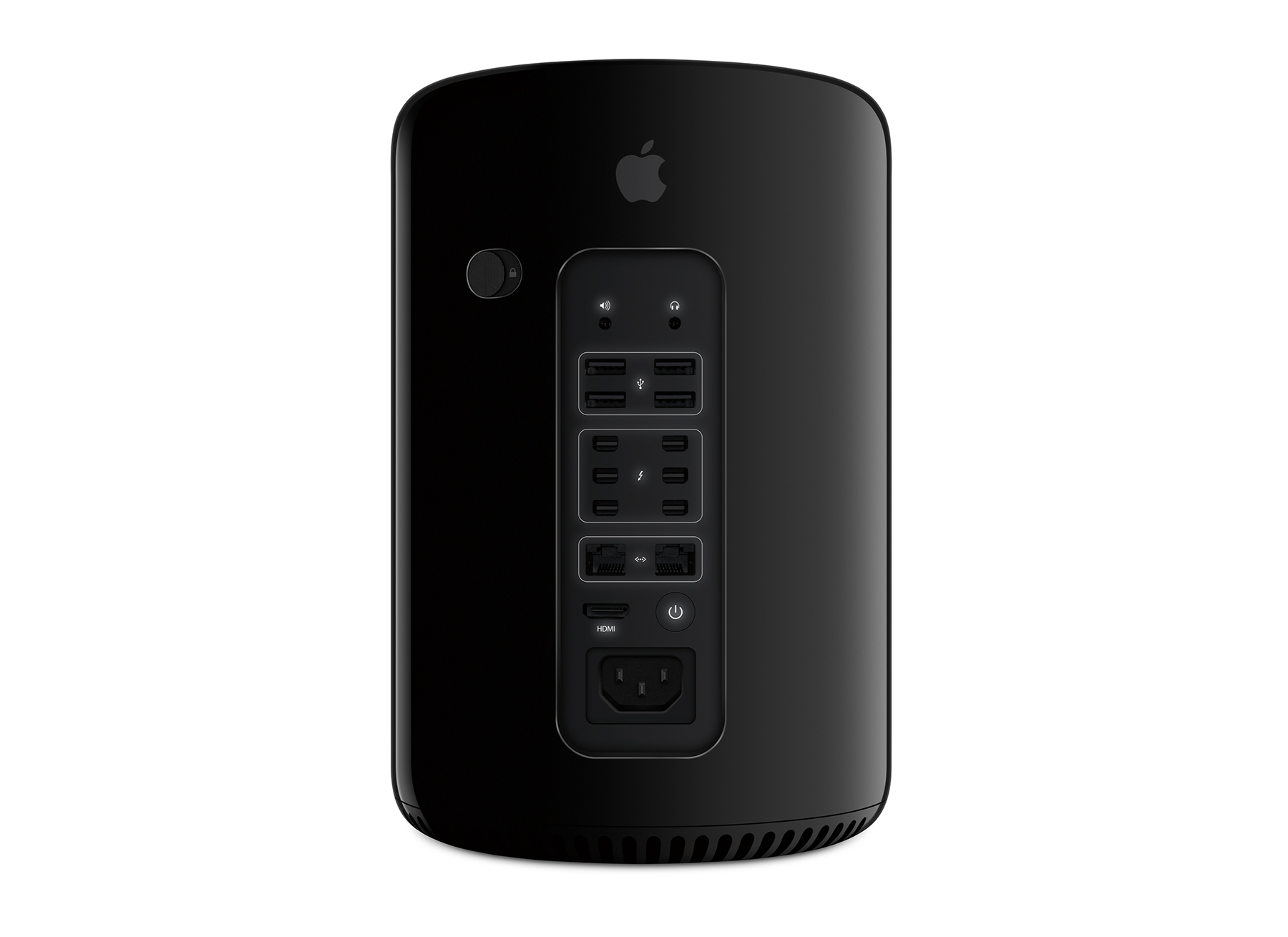The Apple Mac Pro 2013, with its distinctive cylindrical design, remains a significant reference point in Apple’s hardware lineup for its innovative approach to desktop computing. Despite being released over a decade ago, its performance, design, and utility in current applications merit a fresh examination. This article delves into how the 2013 Mac Pro model stands up today by assessing its processing capabilities, design and usability, upgrade potential, and overall value in the contemporary computing landscape.
Processing Capabilities and Performance
Meeting Modern Demands
Outfitted initially with Intel Xeon processors and dual AMD FirePro graphics, the Mac Pro 2013 was a powerhouse at launch. Today, these specs still allow it to handle a spectrum of tasks, from standard office applications to more demanding creative workloads like video editing and graphic design. However, it’s worth noting that recent software and applications, especially those reliant on real-time rendering and 4K or 8K video editing, can push the Mac Pro 2013 to its limits, reflecting advancements in computing requirements over the years.
Efficiency in Multitasking
The Mac Pro 2013 shines in multitasking, backed by its robust ECC RAM and high-speed PCIe-based flash storage. Users can run multiple professional applications simultaneously without significant slowdowns, a testament to its thoughtful engineering. Even by today’s standards, this efficiency in handling complex workflows remains impressive, particularly for users whose computing needs haven’t drastically evolved since its release.

Design Innovation and Usability
Aesthetic Appeal and Space Efficiency
The cylindrical design of the Mac Pro 2013 was, and still is, a departure from traditional desktop tower aesthetics. Its compact, sleek form factor occupies minimal desk space while housing an intricate cooling system that channels air through the core to keep components at optimal temperatures. This innovative design not only looks great on a workstation but also offers practical benefits in terms of space efficiency and thermal management.
Connectivity and Expansion
Despite its age, the Mac Pro 2013 boasts a generous array of connectivity options, including Thunderbolt 2 ports, HDMI, USB 3.0, and dual Gigabit Ethernet. These ports support a wide range of peripherals and displays, suitable for many modern setups. However, the lack of Thunderbolt 3 or USB-C ports can limit its connectivity with the newest peripherals and require adapters or docking stations to bridge the gap, a minor inconvenience for users relying on the latest technology.

Upgrade Potential
Internal Hardware Upgrades
One of the Mac Pro 2013’s praised features at launch was its somewhat modular internal design, allowing users to upgrade certain components such as RAM and storage. Advanced users with specific needs can still find ways to upgrade these parts, providing a degree of future-proofing. Nonetheless, the proprietary nature of its components and the complexity of its internal layout can pose challenges to upgrading more integral parts like the CPU and GPU, especially for those without technical expertise.
External Expansion Capabilities
For users needing more than the base machine offers, the Mac Pro 2013 supports external expansion through its Thunderbolt 2 ports. This allows for the addition of external drives, GPU enclosures, and more, significantly extending its functionality and lifespan. While this approach to expansion adds more devices and potential clutter to a workspace, it remains a viable option for enhancing the Mac Pro’s capabilities.

Value in the Current Computing Landscape
Cost vs. Performance Analysis
When evaluating the Mac Pro 2013’s value today, it’s essential to consider its performance relative to its cost on the pre-owned market against contemporary alternatives. While it may no longer be the cutting-edge machine it once was, for certain users, its performance can still justify the investment, especially for those whose computing needs align with its capabilities. Moreover, its durability and design appeal add intangible value, making it a worthwhile consideration for users attracted to its unique form factor.
Suitability for Professional Use
In professional environments where computing demands have surpassed what the Mac Pro 2013 can offer, newer models or custom-built PCs might present more practical options. However, for tasks within its competency range, the Mac Pro 2013 continues to serve as a reliable workhorse. Its ability to handle multiple professional applications efficiently, combined with its enduring design and usability features, keeps it relevant for users and tasks where cutting-edge performance is not the primary requirement.

Performance in Current Software Ecosystems
Compatibility with Latest Operating Systems
The Mac Pro 2013’s compatibility with the latest macOS versions ensures that it can run current software, receive security updates, and remain functional in today’s ecosystem. Users can enjoy most of the benefits of Apple’s operating system, including various productivity tools and creative suites that have been optimized to run efficiently on older hardware. This compatibility is vital for those who wish to still leverage the machine for everyday tasks and moderate creative projects without feeling too left behind.
Running Modern Applications
Despite its age, the Mac Pro 2013 holds its ground when it comes to running modern applications, particularly in scenarios that don’t necessitate the absolute latest in hardware acceleration or the highest graphic settings. Users involved in audio production, coding, and 2D graphic design find that the Mac Pro still delivers the required performance. However, it’s worth noting that newer 3D rendering software and graphic-intensive applications will not harness the full potential of their capabilities on this older hardware.

Community and Support
Engaging with a Dedicated User Base
One of the Mac Pro 2013’s strengths lies in its dedicated user community, which has provided extensive resources, tutorials, and forums for troubleshooting and upgrades. Enthusiasts and professionals alike continue to share their insights on getting the most out of this unique machine, creating a rich support network that can prove invaluable for both new and long-term users.
Official and Third-Party Support
Apple’s commitment to its products means that even the 2013 Mac Pro receives some level of official support, despite being considered vintage. Third-party service providers and tech enthusiasts have also stepped in to offer repair and upgrade services, giving users options to maintain and enhance their Mac Pro units beyond what the official Apple support might provide.
In conclusion, the Apple Mac Pro 2013, despite its age, remains a compelling option for a niche segment of users. Its performance, though no longer at the forefront, is adequate for a variety of professional tasks, especially when complemented by its potential for upgrades and external expansions. The Mac Pro 2013’s distinctive design and usability features further emphasize its enduring appeal, underscoring a legacy of innovation that continues to influence Apple’s product philosophy.
